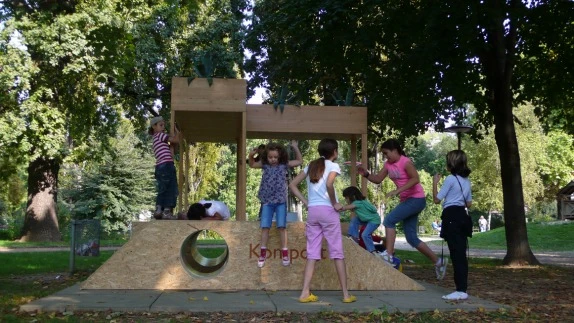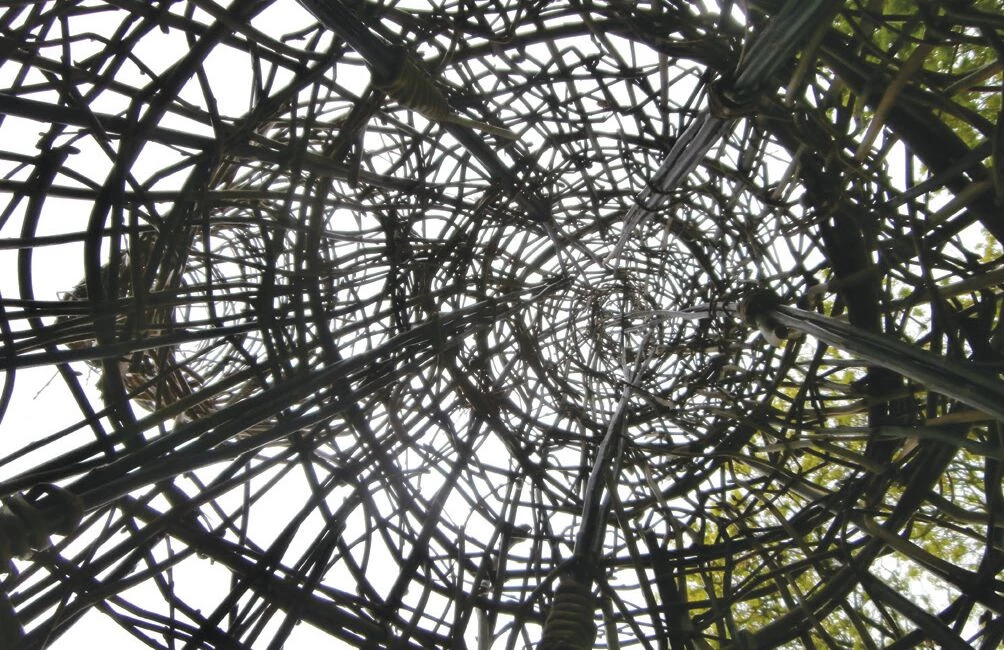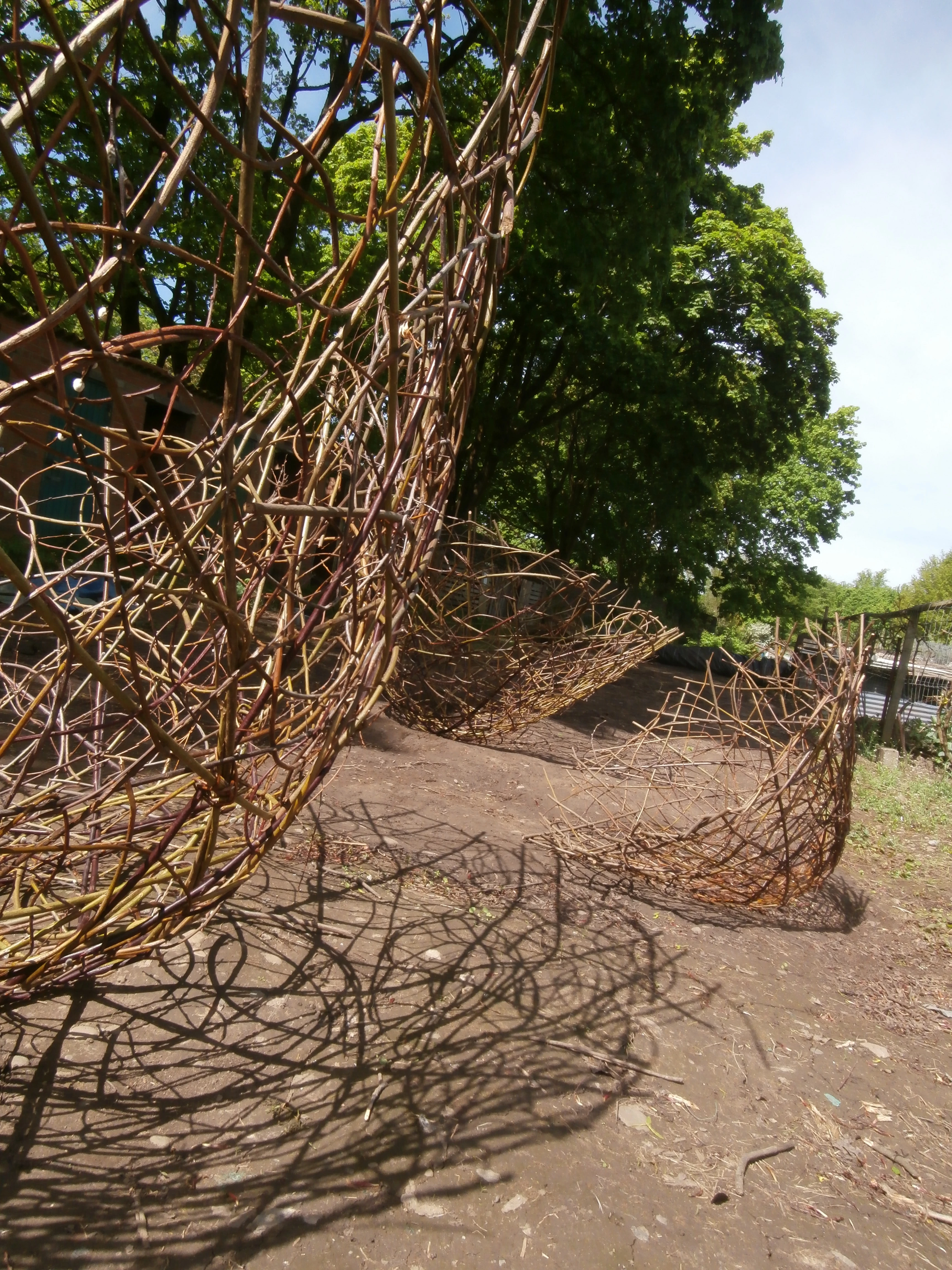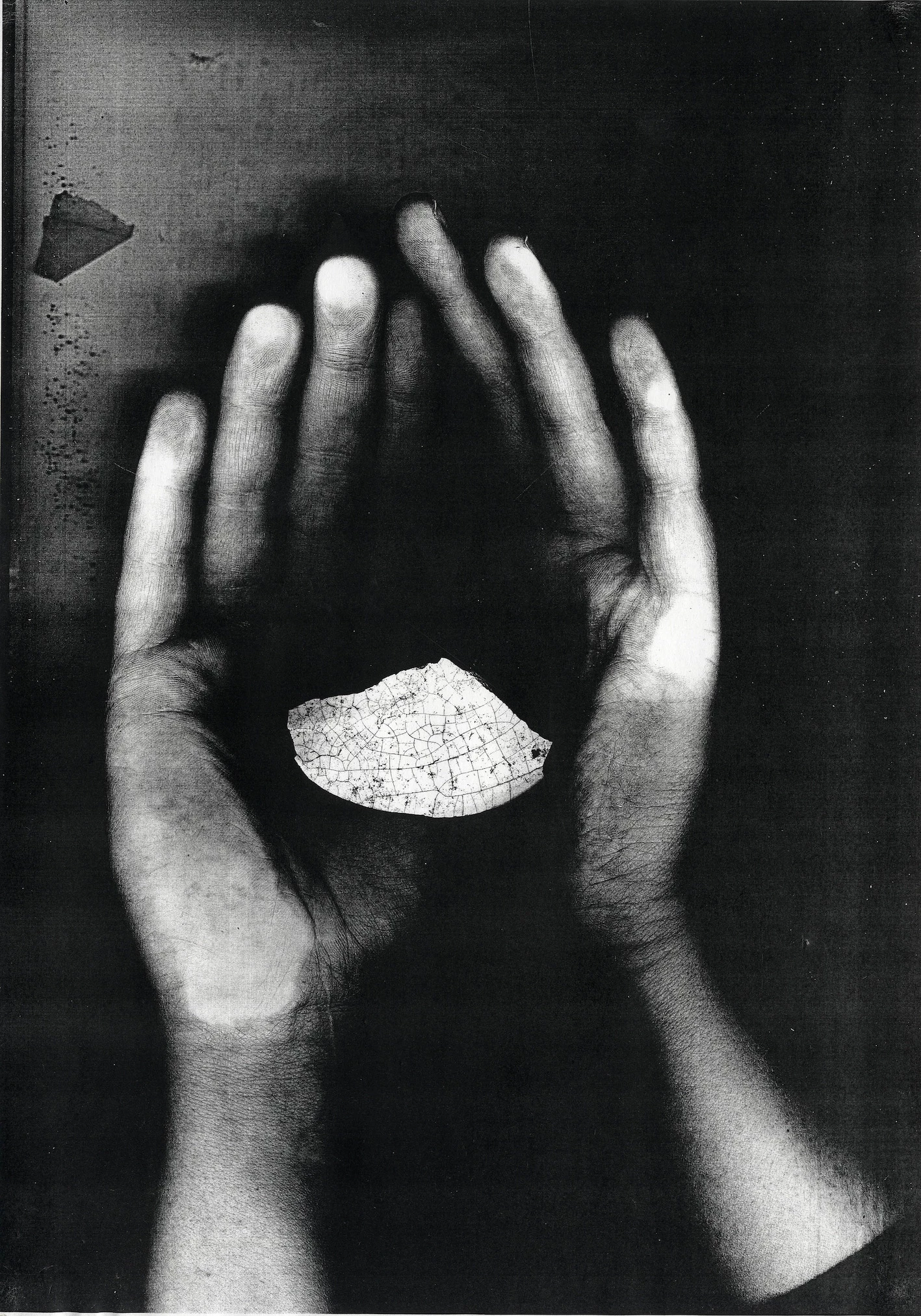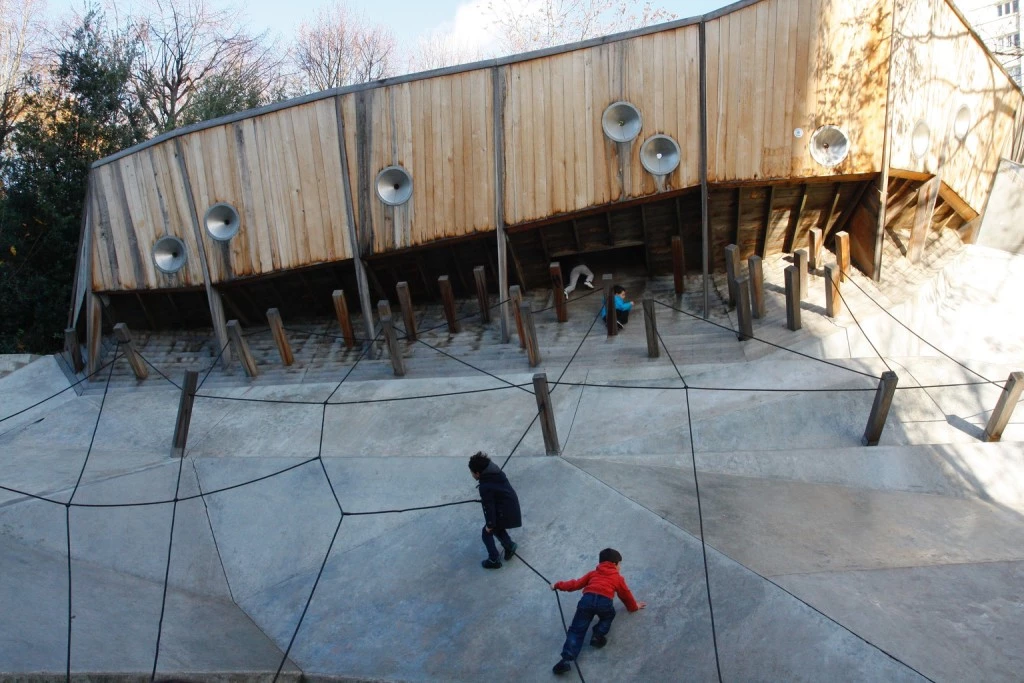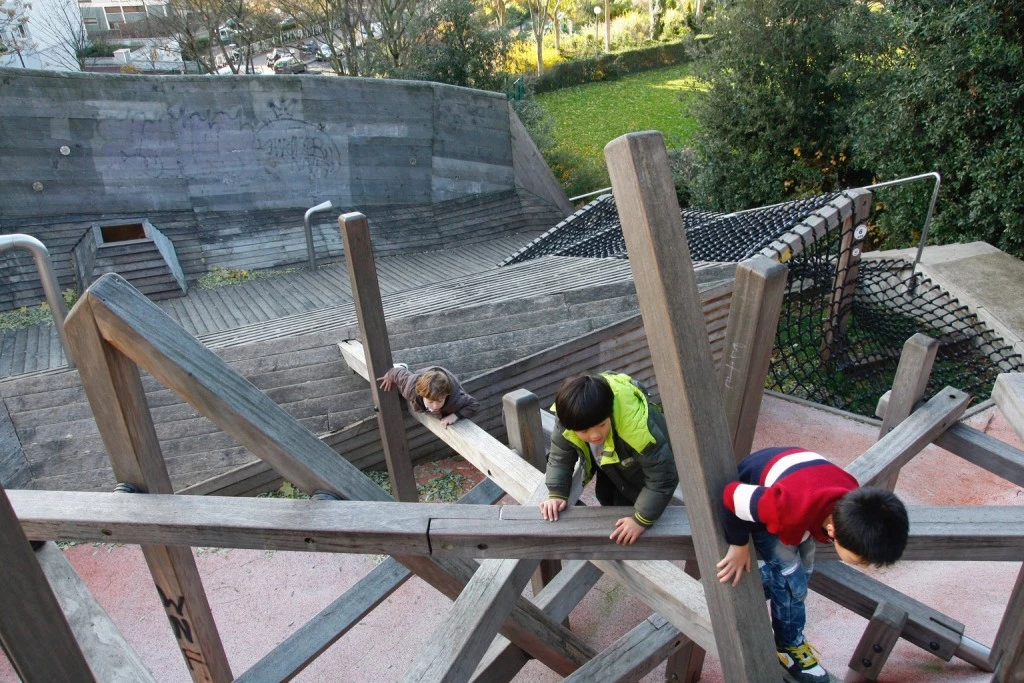Artist in Residence: Building a Play Area
, 12 Chwefror 2016
While Nils, Fern and Imogen get stuck into searching archives and stores, looking at the Museum's collections and working with visitors and groups to get their ideas, how about we think about what play areas we like? what local ones have you played in or taken children to and they loved? what ones have you been to that you didn't like? have you seen play areas that just look amazing? What makes a playground good? what do want from a playground? does it have to look nice? does it have to look like a playground? I'd be really interested in hearing your thoughts and ideas.
Meanwhile, I have been collecting images of play areas which I think are good design, look fun, are imaginative, look exciting... i'm not suggesting we have a play area exactly like these in St Fagans, but it wouldn't it be great to have something different and unexpected?






